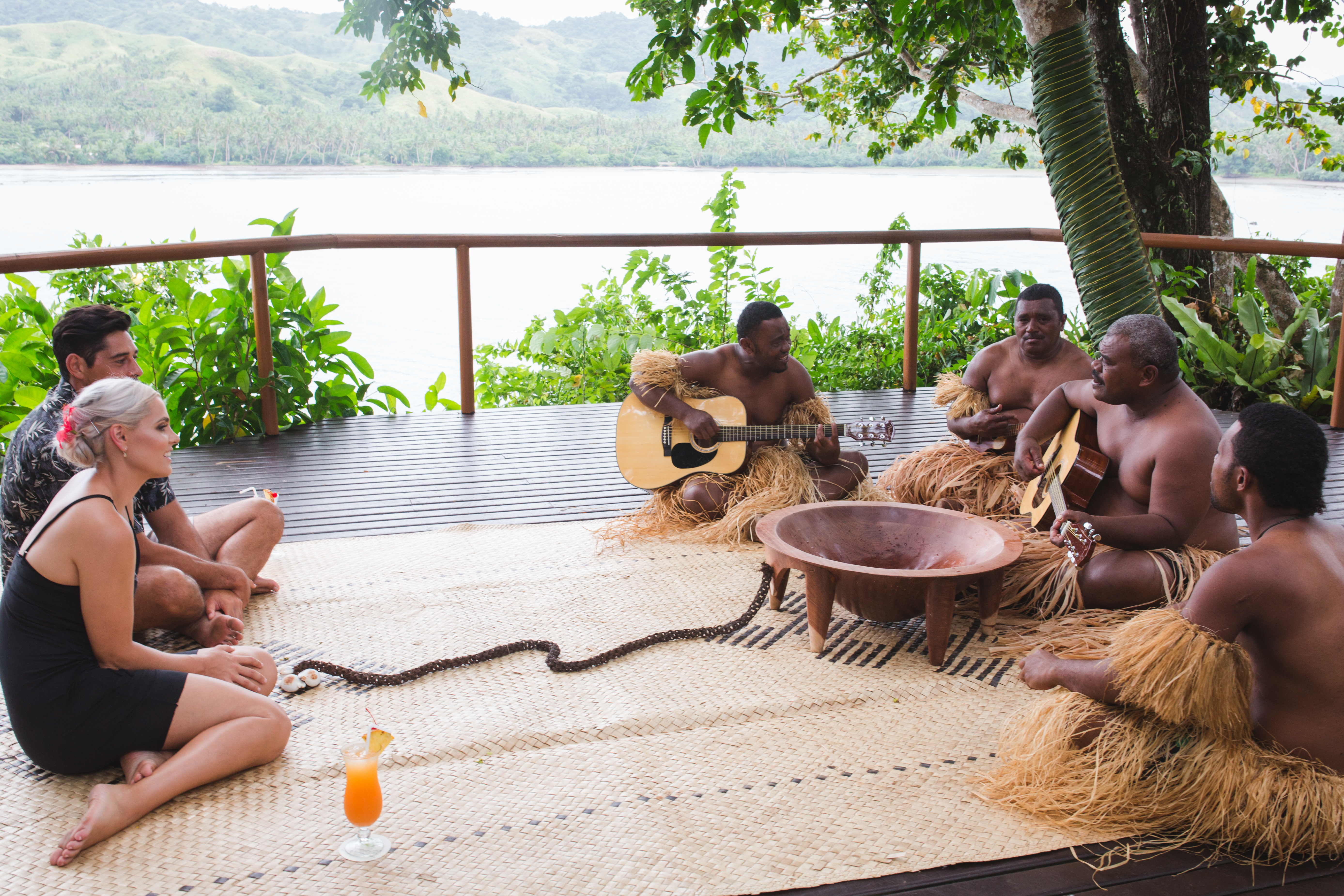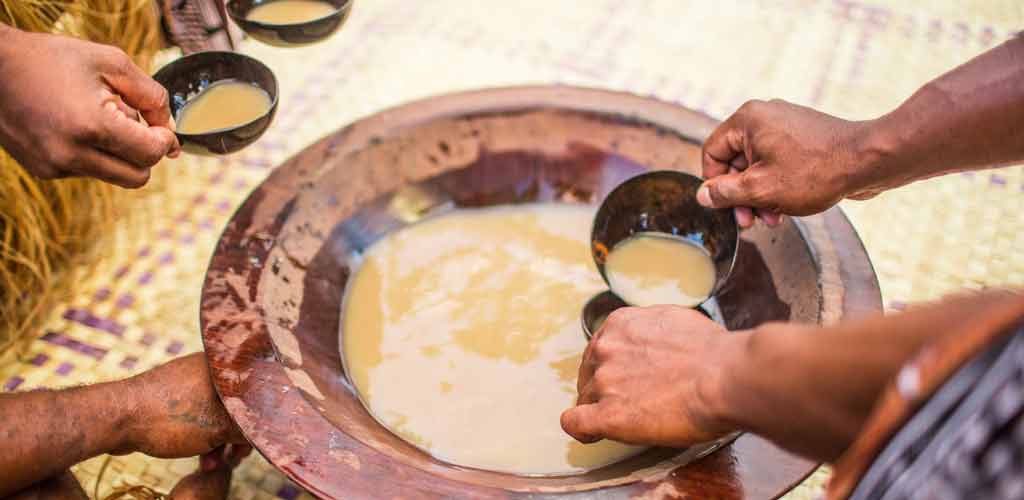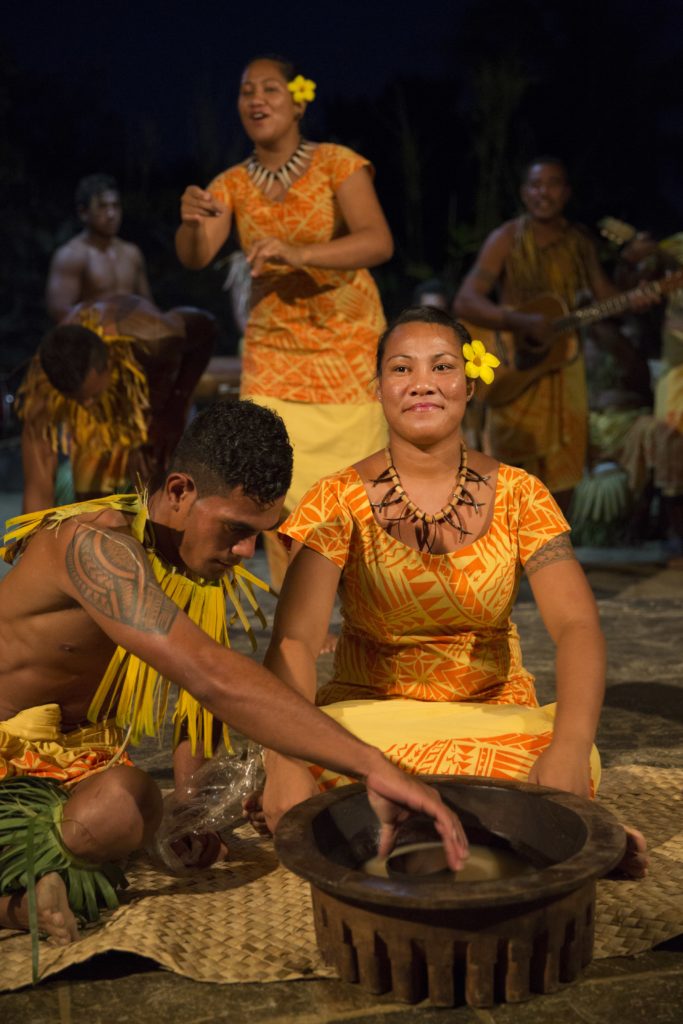Oceania Kava - A Sacred Elixir Of The Pacific
The drink yaqona (kava) was significant in public business and social life in Fiji. The kava was blended in enormous wooden bowls that were never used for anything else and developed a bluish-grey gloss from contact with the kava.
Author:Jane RestureSep 22, 202377.9K Shares1.4M Views

Traditional Fiji Kava Ceremony
The drink yaqona (kava) was significant in public business and social life in Fiji. The kava was blended in enormous wooden bowls that were never used for anything else and developed a bluish-grey gloss from contact with the kava.
The drinking cups were made of coconut shells, with the chiefs having their own cups that no one else could drink from, while the other men drank from a common cup.
The kava root was made from the dried roots of the herb Piper methysticumand was initially eaten before being grated to a pulp and soaked in water. The concoction was then strained, generally through a hibiscus fiber bundle, and was ready for use.
The ceremony's beat was set by measured handclapping and reciting of traditional tunes. The kava mixing, straining, and serving were all done with great expertise and grace, with every detail scrutinized.
The kava bowl was traditionally positioned some distance away from the chief. Minor chiefs and common people were positioned on either side of the chanting party. When the kava was ready, a cup-bearer stepped up, filled his cup, and turned to face the chief.
He gently lowered his body, holding the cup with his arms completely extended, until his knees were totally bowed and every muscle was rigid. He would straighten himself, approach the chief, descend again, fill the chief's cup, then squat before him at the right moment in the chant. The chief drained the cup and spun it to the mat amid handclapping and yells of maca! (empty! ), at which point the bearer returned for more.
The right of chiefs to take precedence in order of rank was strictly upheld when drinking kava; a high chief was followed by his herald (mata-ni-vanua) even if other chiefs were present.
The kava ceremony's features varied, but it was always a ceremonial occasion, with the yaqona vakaturaga(mostly yaqona) and yaqona meketakidesignated for special occasions and particularly honored guests.
Traditional Samoa Kava Ceremony
In Samoa, no ceremony or important event is complete without the usage of kava (also awa, kawa; meaning 'bitter'), an intoxicating beverage prepared from the roots of the Piperaceae (pepper) plant. All sociable contacts are done under the influence of the peeled roots of the kava plant, Piper methysticum.
Many ceremonial observances accompany the creation of the enticing beverage created from this root. The tools used to make the brew include a wooden bowl, a coconut cup, and a sieve.
The "maid of the village" is typically called upon to make the beverage, a ceremony she executes with dignity with her attendants. After properly cleansing her lips in front of everyone, she sits on the matted floor with the bowl in front of her and begins to masticate the bits of roots provided to her by the attendants, with a resigned manner and focused visage.
Piece after piece is chewed until the mouth is full and the cheeks bulging, at which point the mass is evacuated into her palms and dropped in the bowl with a graceful swing.
This process is repeated until the desired amount of root is obtained. The maid next washes her hands thoroughly, and after her attendants have poured the necessary amount of water into the bowl, she begins the compounding.
She mixes all the undissolved portion of the root in the fou, or strainer, with a smooth rolling and twisting movement of the hands, which is shaken out after ringing, and the straining is repeated until the brew is finished.
According to oral legend, the King of Tongavisited a remote island afflicted by starvation years ago. Because the villagers had nothing to offer him, one lady killed her kid, fried it, and wrapped it in leaves as if it were a suckling pig in order to feed the king.
When the king realized that this food was forbidden, he ordered that the kid be given a noble burial. The kava plant, which relieves hunger, sprang from the tomb.
Conclusion
Hawaiian healers utilize kava as a sedative and narcoticum in Hawaii.

Jane Resture
Author
Since she embarked on her first world trip in 2002, Jane Resture spent the past decades sharing her personal journey and travel tips with people around the world. She has traveled to over 80 countries and territories, where she experienced other cultures, wildlife she had only read about in books, new foods, new people, and new amazing experiences.
Jane believes that travel is for everyone and it helps us learn about ourselves and the world around us. Her goal is to help more people from more backgrounds experience the joy of exploration because she trusts that travel opens the door to the greatest, most unforgettable experiences life can offer and this builds a kinder, more inclusive, more open-minded world.
Latest Articles
Popular Articles

